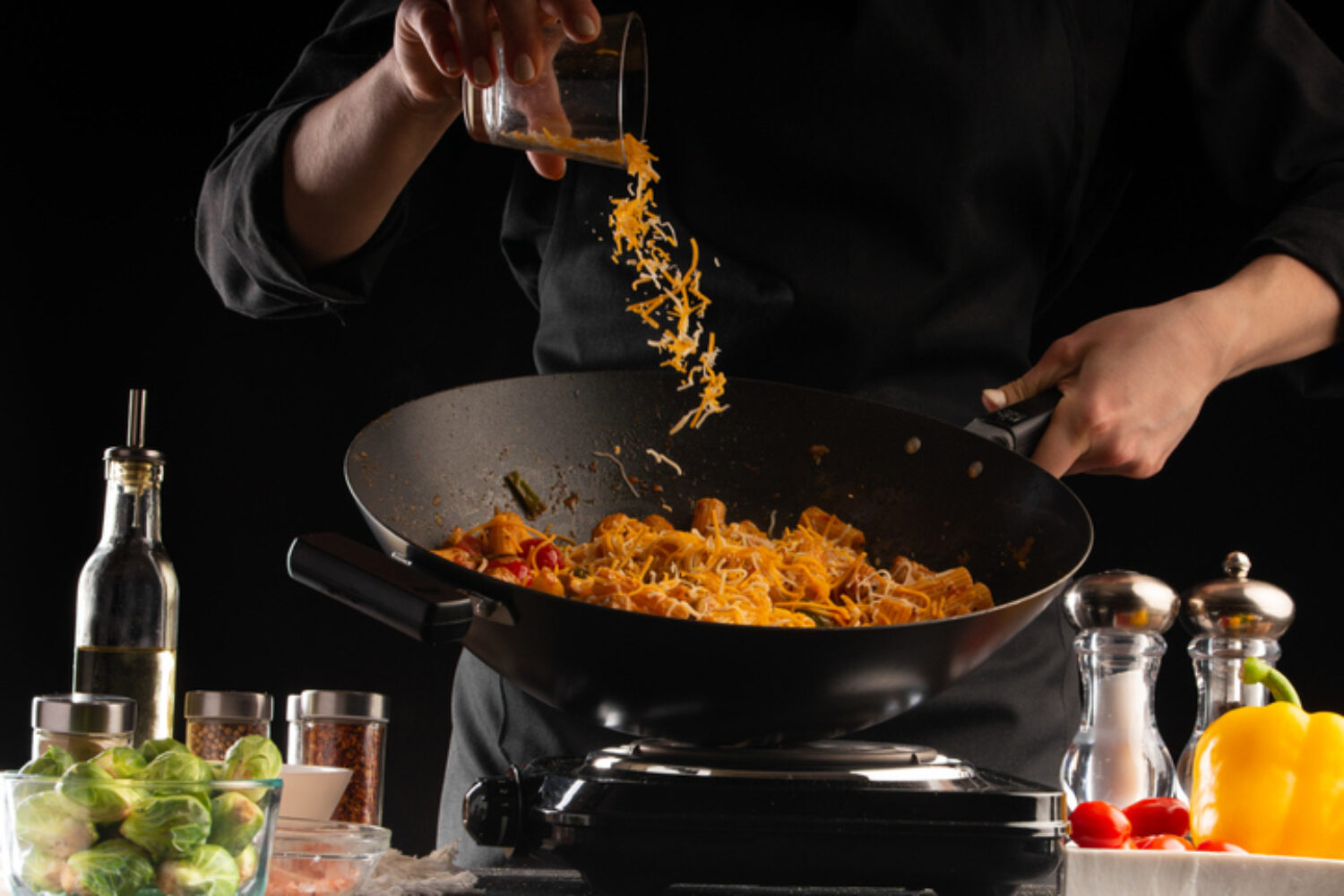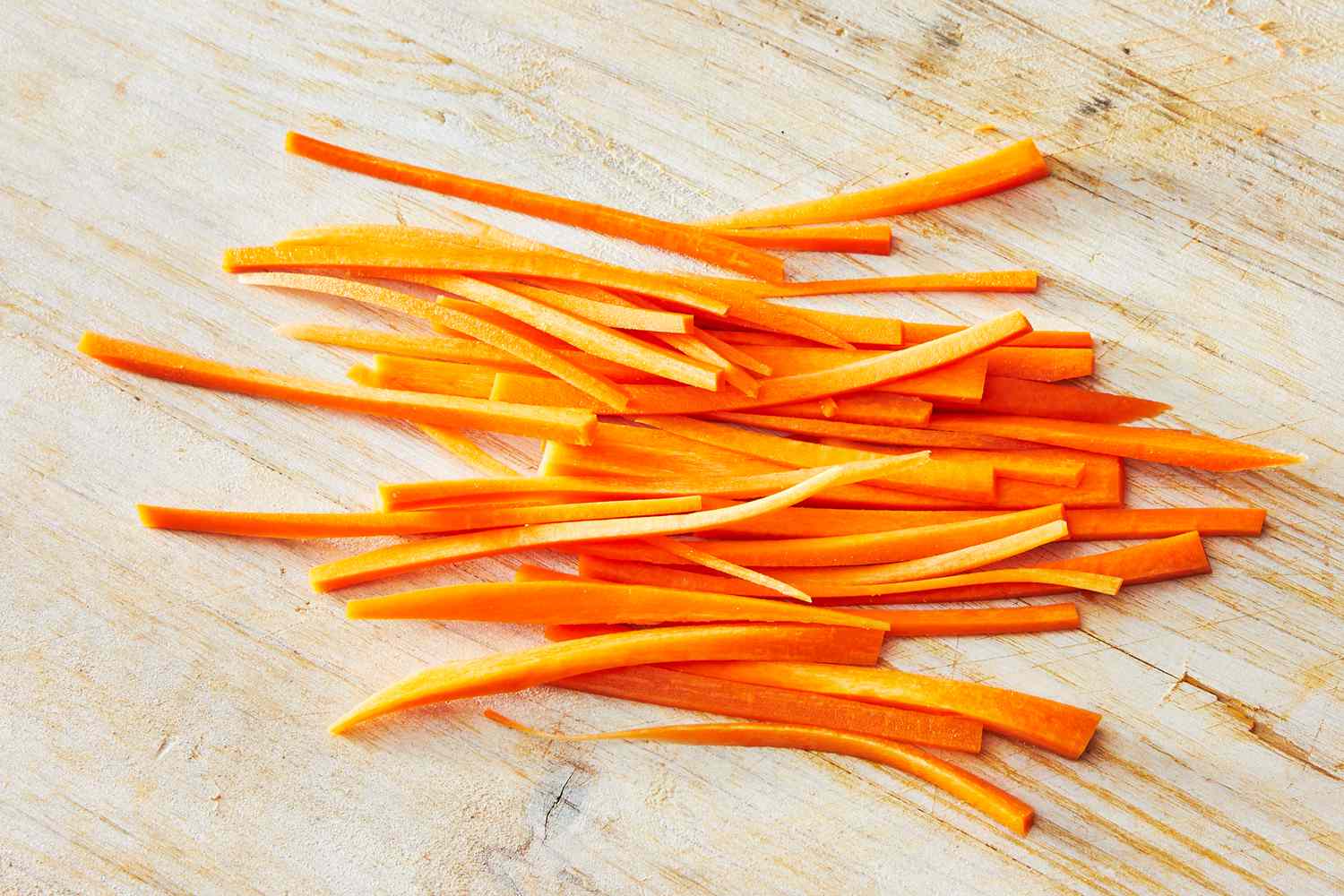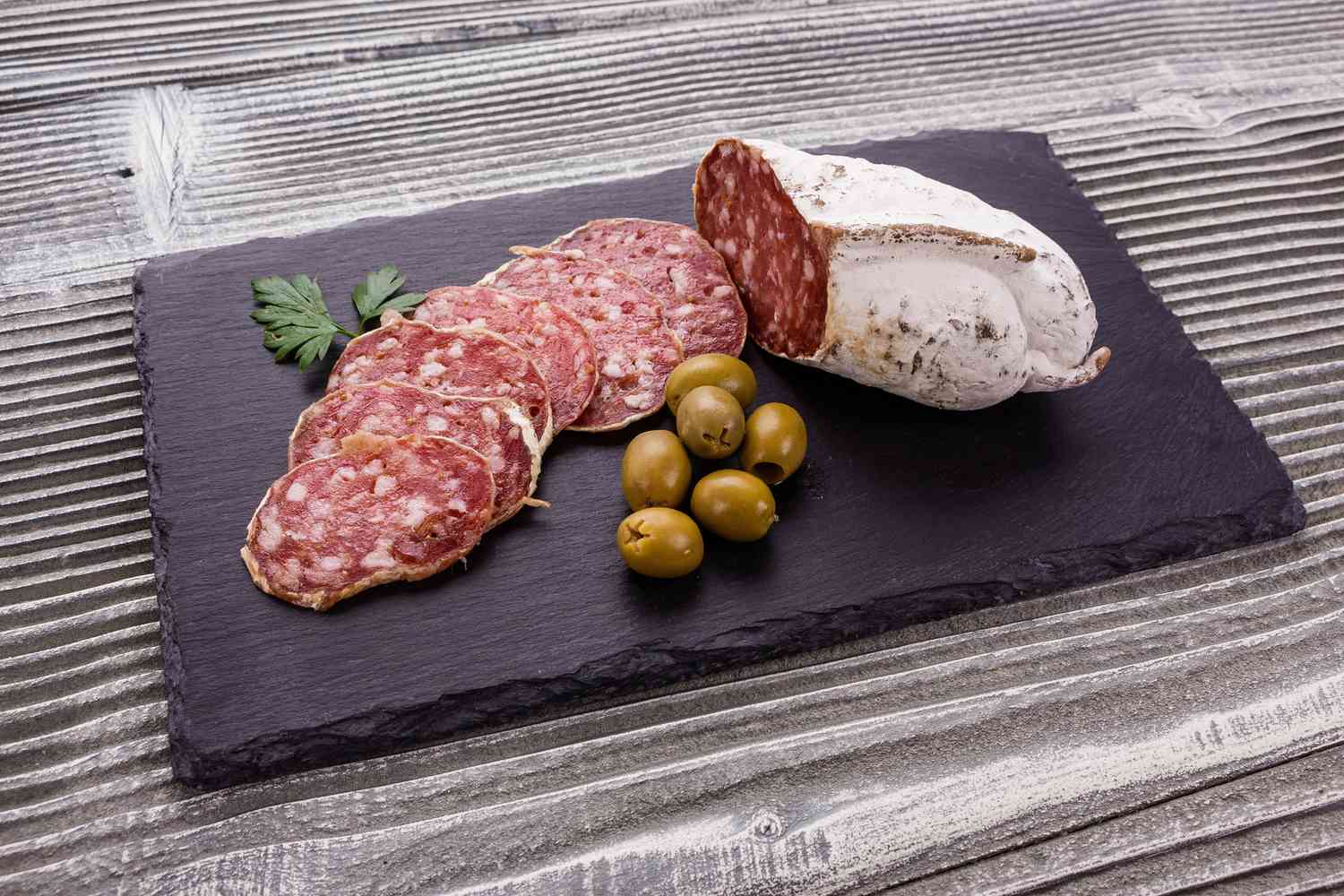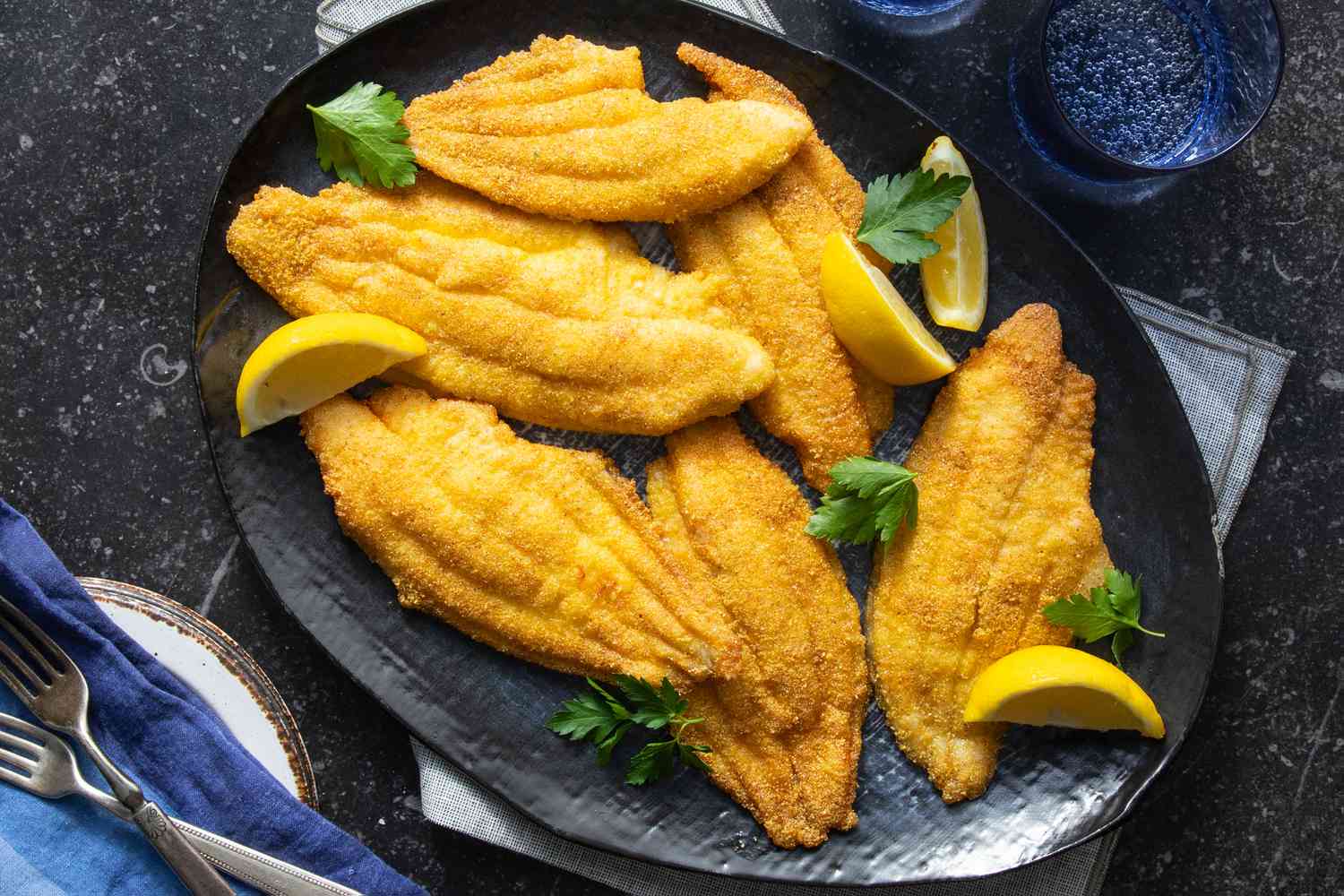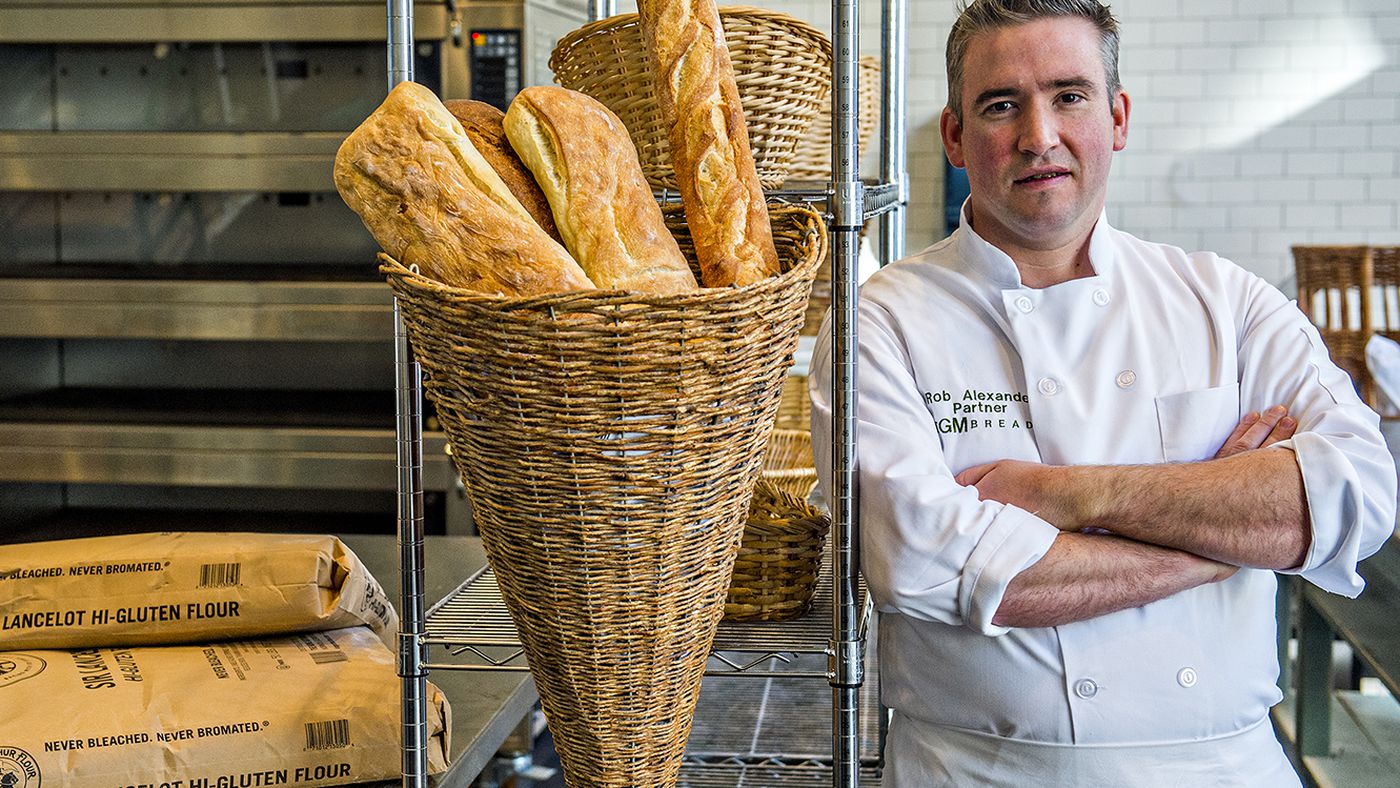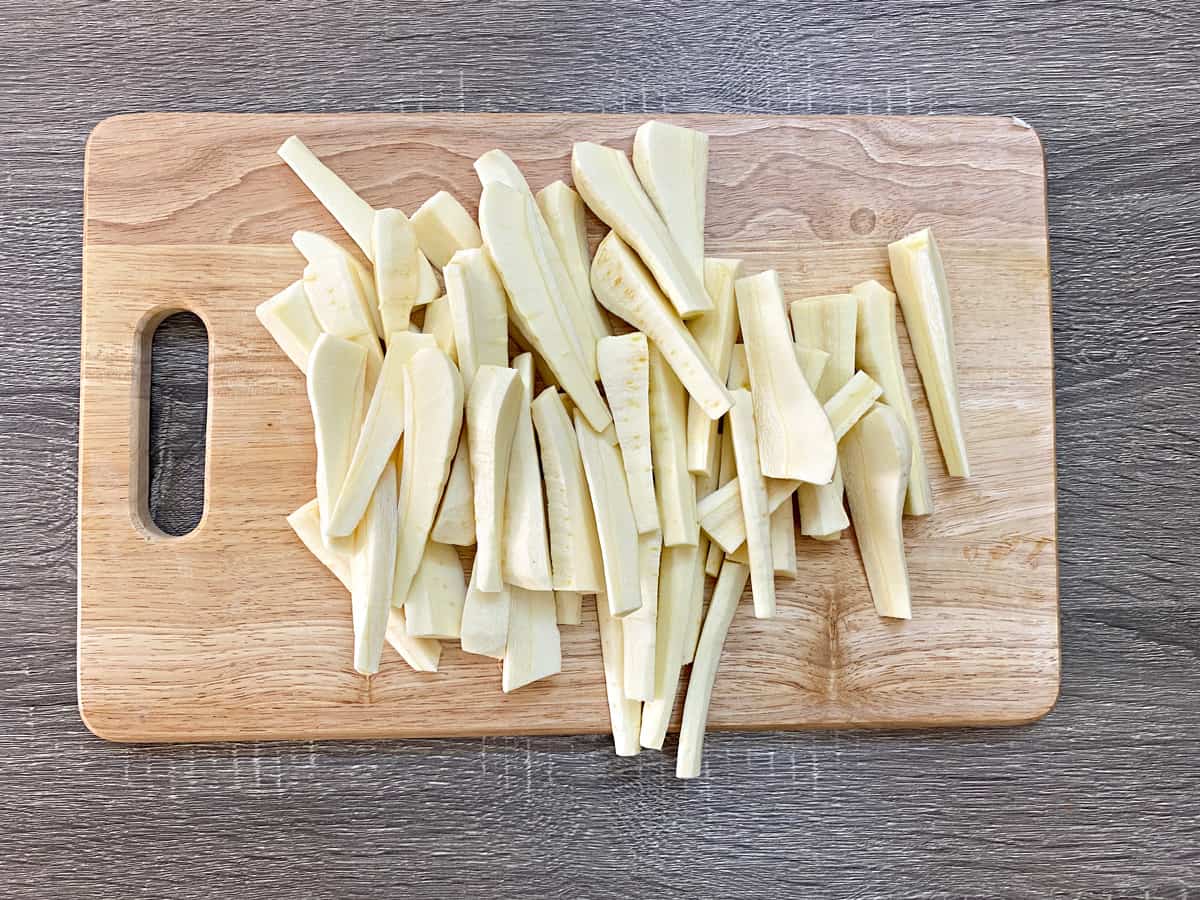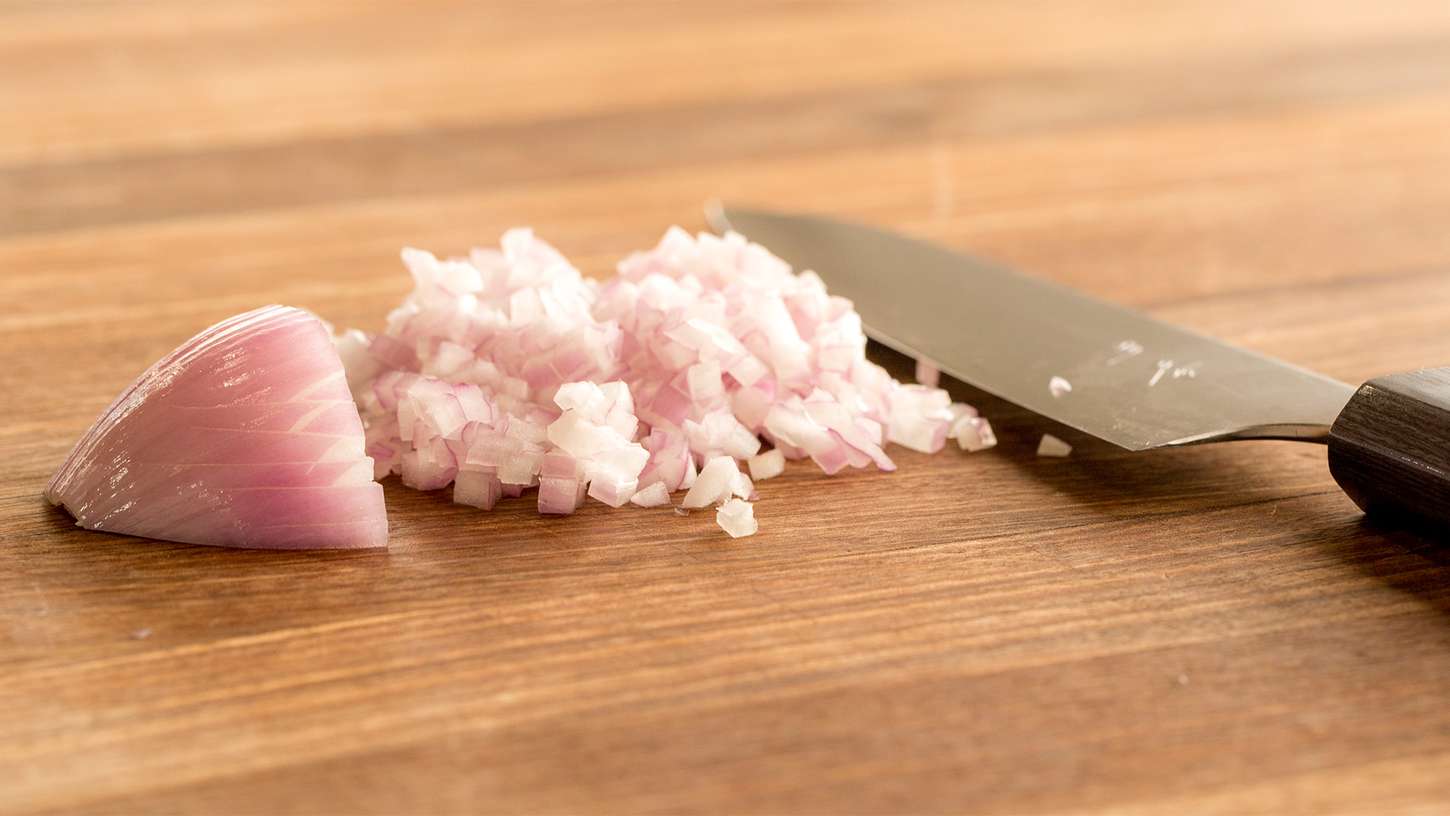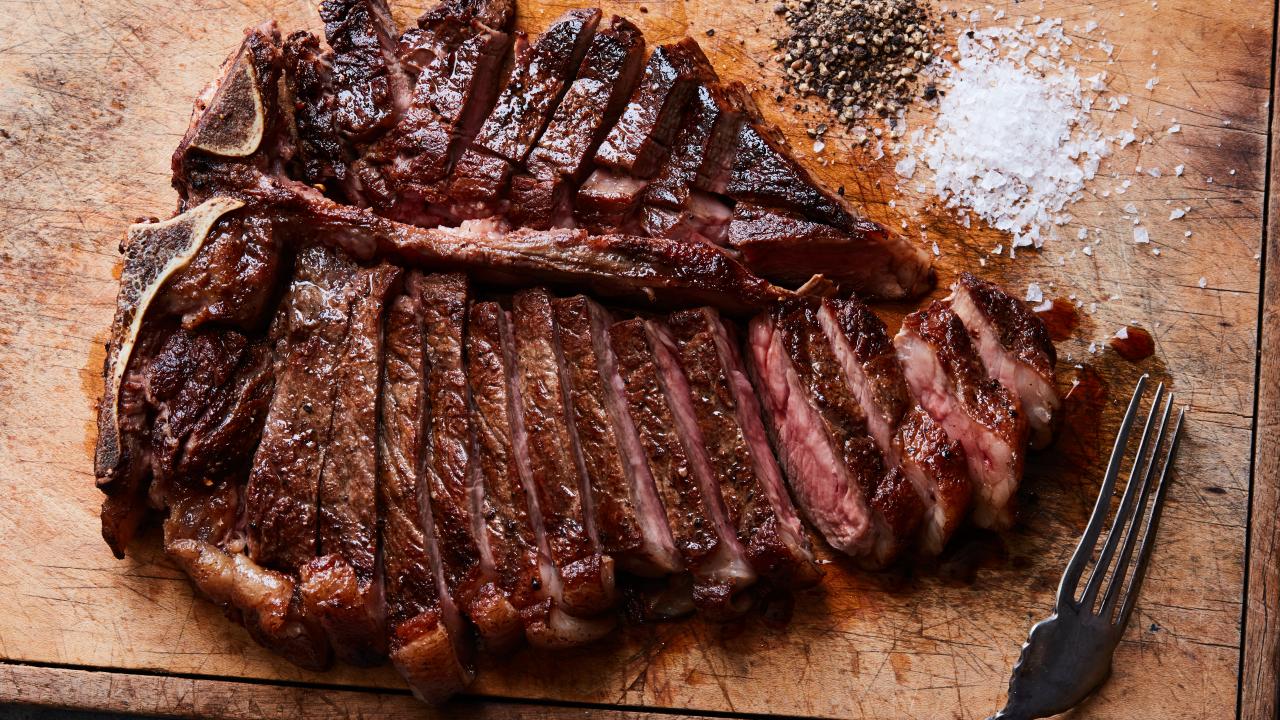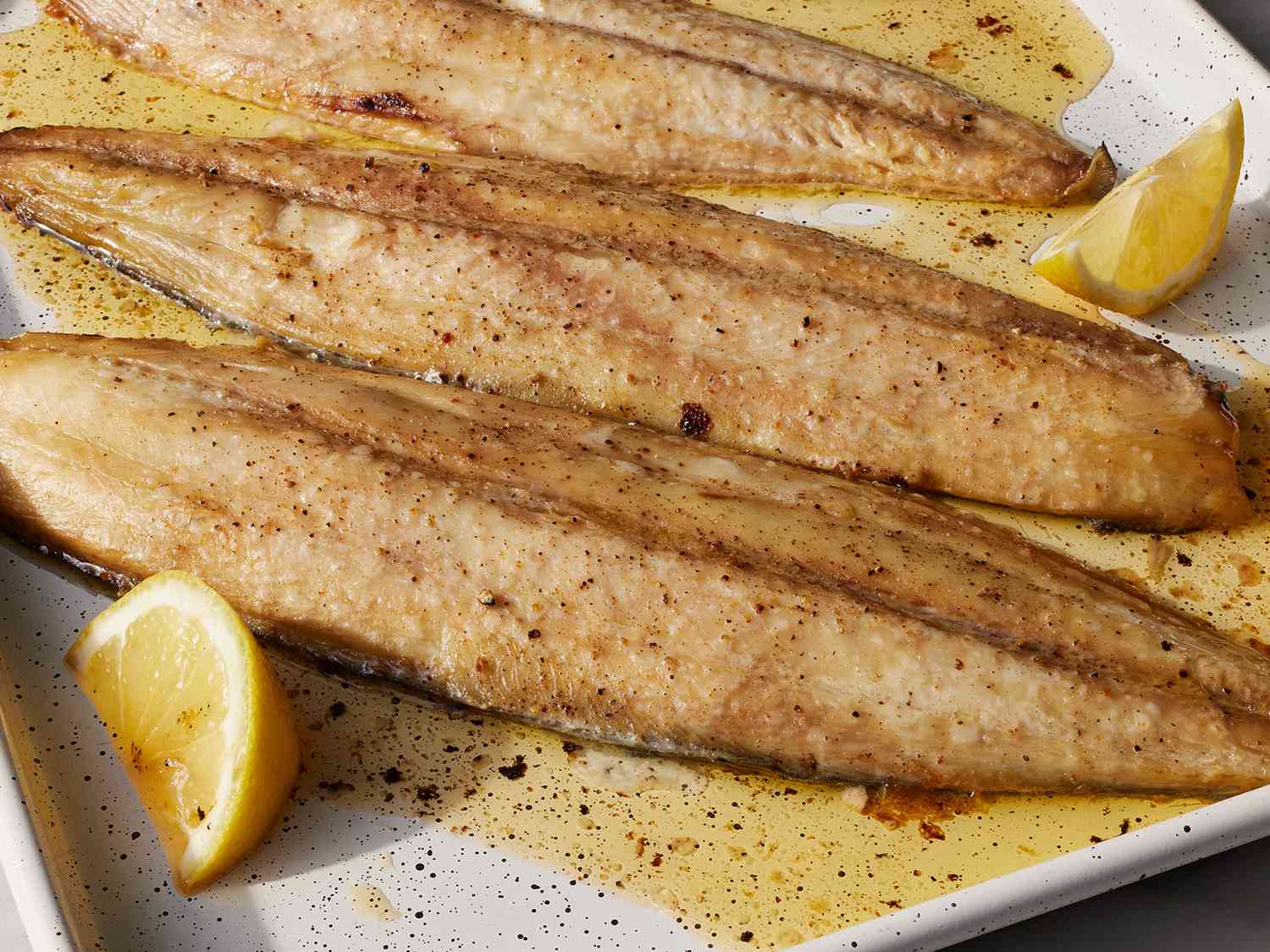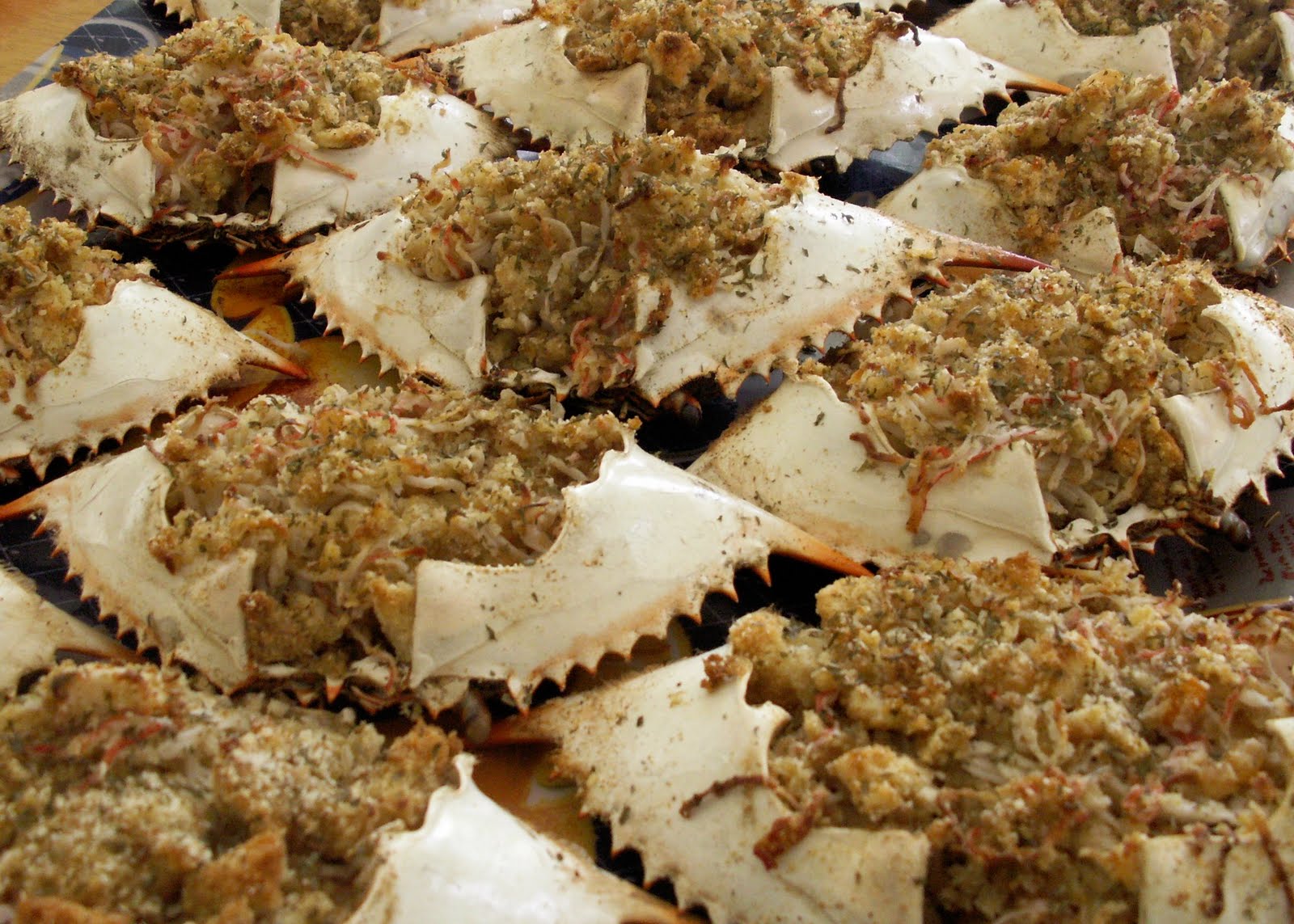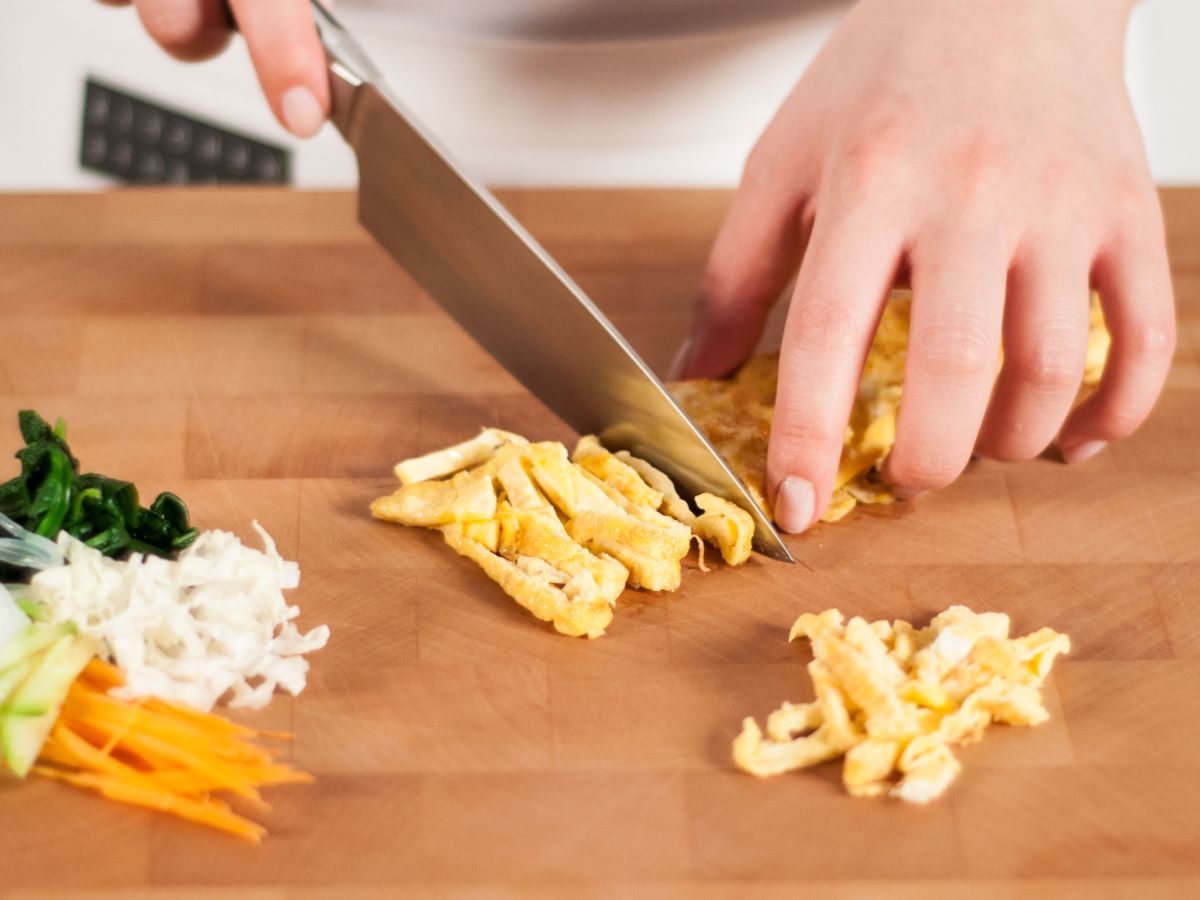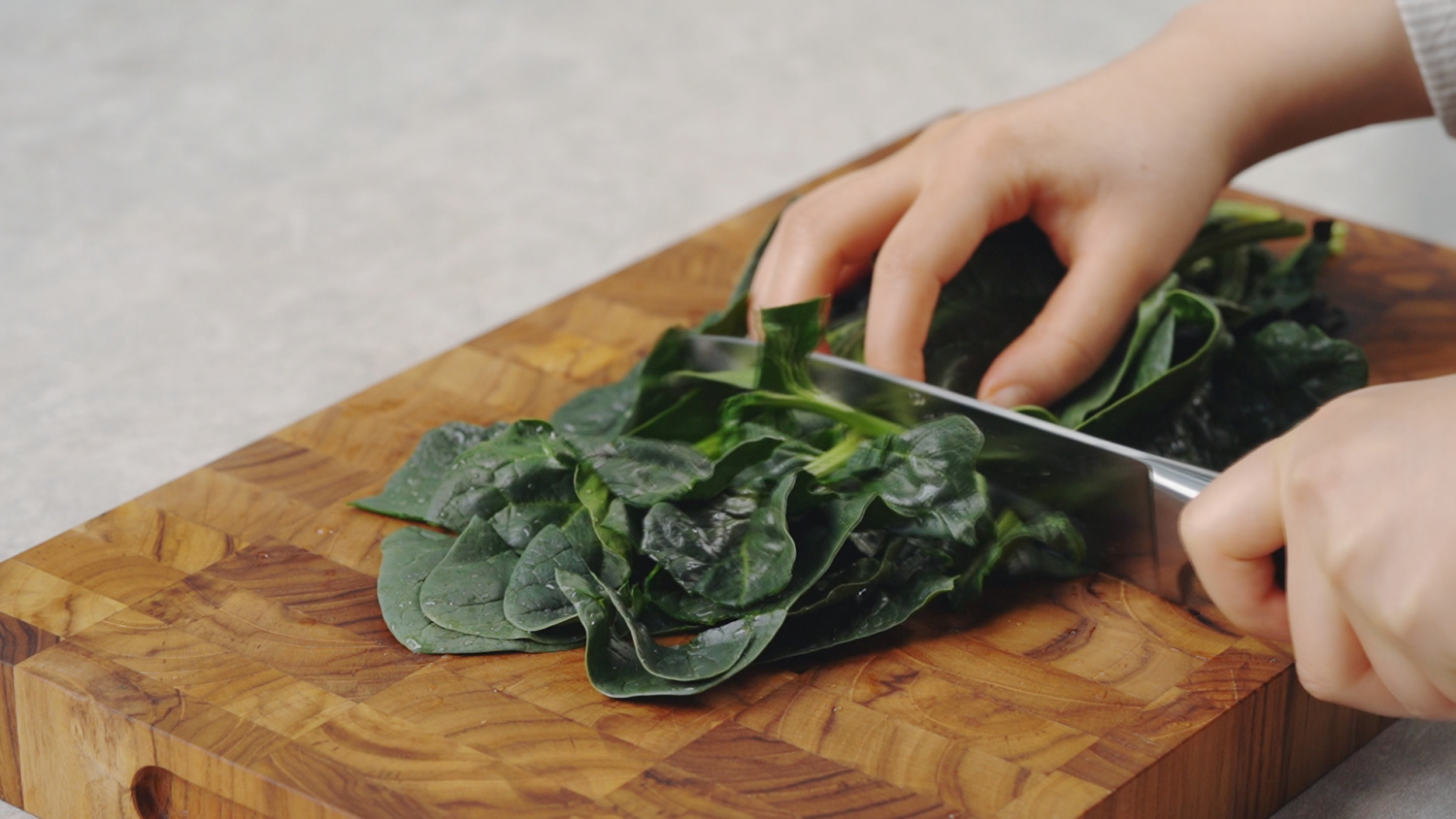Cooking with culinary mists adds a new dimension to your dishes. These fine sprays of flavored oils, vinegars, or extracts can enhance taste without overpowering. Imagine a light mist of truffle oil on pasta or a citrus spray on a salad. Culinary mists offer precision, allowing you to control the intensity of flavors. They also help in reducing the amount of oil or seasoning used, making meals healthier. Perfect for both amateur cooks and seasoned chefs, culinary mists bring creativity and finesse to everyday cooking. Dive into this art and elevate your culinary skills with just a simple spray.
Essential Ingredients for Culinary Mists
The Art of Cooking with Culinary Mists
- Olive oil mist
- Garlic-infused mist
- Lemon zest mist
- Balsamic vinegar mist
- Truffle oil mist
- Rosemary mist
- Chili oil mist
- Soy sauce mist
- Butter-flavored mist
- Herb blend mist
- Vanilla mist
- Coconut oil mist
- Sesame oil mist
- Cilantro mist
- Mint mist
- Basil mist
- Smoked paprika mist
- Ginger mist
- Lime mist
- Maple syrup mist
Tools You Need for This
- Fine Mist Spray Bottles: Essential for applying a light, even coating of oil or other liquids without oversaturating the dish.
- Oil Mister: Specifically designed for oils, allowing for precise control over the amount used, which is perfect for dressing salads or greasing pans.
- Funnel: Helps in transferring liquids into misters without spills, ensuring a clean workspace.
- Measuring Spoons: For accurately measuring smaller amounts of liquid ingredients before misting.
- Mini Whisk: Useful for emulsifying ingredients like oil and vinegar before they go into the mister.
- Strainer: To ensure that any solids are removed from liquids, preventing the spray nozzle from clogging.
- Labels: For marking bottles, especially useful if you have multiple mists with different contents.
- Cleaning Brush: A small brush to clean the nozzles and insides of the bottles, maintaining the effectiveness of the misters.
Culinary mists enhance flavors without adding extra calories. Use them to lightly coat salads, meats, or desserts. They provide a subtle, even distribution of taste, perfect for health-conscious cooking.
Why Use Culinary Mists?
Cooking with culinary mists transforms ordinary dishes into extraordinary experiences. These mists infuse flavors directly onto food, offering a new dimension of taste without added calories or heavy sauces. Chefs and home cooks alike embrace this technique for its ability to delicately enhance flavors, ensuring each bite is both memorable and delicious.
Using culinary mists is about embracing innovation in the kitchen. This method allows for precise flavor application, making it easier to experiment with different tastes and aromas. Whether adding a hint of truffle to your pasta or a touch of rosemary to your roast, culinary mists provide a simple yet effective way to elevate your cooking.
Step-by-Step Guide to Culinary Mists
The Art of Cooking with Culinary Mists
-
Choose Your Mist:
- Select a culinary mist based on the flavor profile you want to enhance. Options include olive oil, truffle oil, vinegar, citrus juice, or herb-infused oils.
-
Prepare Ingredients:
- Wash and chop vegetables, fruits, or proteins. Ensure all ingredients are fresh and dry before misting.
-
Preheat Cooking Surface:
- Preheat your pan, grill, or oven to the desired temperature. A hot surface ensures even cooking and better absorption of the mist.
-
Apply the Mist:
- Hold the culinary mist bottle about 6-8 inches away from the food. Spray a light, even coat over the ingredients. Avoid over-misting to prevent sogginess.
-
Seasoning:
- After misting, sprinkle salt, pepper, or other spices to taste. The mist helps the seasoning adhere better to the food.
-
Cooking:
- Place the misted and seasoned ingredients on the preheated surface. Cook according to the specific requirements of the dish, turning or stirring as needed.
-
Misting During Cooking:
- For added flavor, mist the food lightly during cooking. This is especially useful for grilling or roasting, where the mist can enhance the caramelization process.
-
Finishing Touch:
- Once cooking is complete, give the dish a final light mist for an extra burst of flavor. This works well with citrus mists or herb-infused oils.
-
Presentation:
- Arrange the food on a plate. Garnish with fresh herbs, lemon zest, or a drizzle of the same mist used during cooking.
-
Storage:
- Store any leftover culinary mist in a cool, dark place. Ensure the bottle is tightly sealed to maintain freshness.
-
Cleaning:
- Clean the misting bottle regularly to prevent clogging. Use warm water and a small brush to clean the nozzle.
-
Experimentation:
- Try different combinations of mists and ingredients. Experiment with flavor pairings to discover new favorites.
-
Safety Tips:
- Avoid misting near open flames to prevent flare-ups. Always mist in a well-ventilated area.
-
Health Benefits:
- Culinary mists allow for controlled application of oils and flavors, reducing overall caloric intake and promoting healthier eating habits.
-
Eco-Friendly:
- Opt for reusable misting bottles to reduce waste. Refill with homemade infusions or store-bought options.
-
Versatility:
- Use culinary mists for a variety of cooking methods including grilling, roasting, sautéing, and baking.
-
Flavor Boost:
- Enhance simple dishes like salads, pasta, or grilled meats with a quick mist before serving.
-
Marinating:
- Use culinary mists to marinate proteins. Spray a generous amount, then let sit for at least 30 minutes before cooking.
-
Baking:
- Mist bread, pastries, or cookies before baking to add a subtle flavor and improve texture.
-
Desserts:
- Try misting fruits, cakes, or ice cream with a sweet or citrus mist for a unique twist.
The Final Touch
Cooking with culinary mists can transform your dishes from ordinary to extraordinary. These flavorful sprays offer a quick, easy way to add depth and complexity to your meals. Whether you're seasoning a salad, finishing a steak, or enhancing a dessert, a few spritzes can make a world of difference. They’re versatile, convenient, and perfect for both novice cooks and seasoned chefs. Plus, they help you control the amount of oil or seasoning, making your dishes healthier. So, next time you're in the kitchen, grab a culinary mist and let your creativity flow. Your taste buds will thank you!
Common Questions About This
What are culinary mists?
Culinary mists are flavored sprays used to add a burst of flavor to dishes. They come in various flavors like herbs, spices, oils, and even vinegars.
How do I use culinary mists in cooking?
Simply spray the mist over your food. You can use it on salads, grilled meats, vegetables, or even desserts. It's a quick way to add flavor without extra calories.
Are culinary mists healthy?
Yes, they often contain fewer calories and less fat compared to traditional cooking methods. Plus, they help you control the amount of oil or seasoning you use.
Can I make my own culinary mists?
Absolutely! You can create your own by mixing essential oils or extracts with a neutral base like water or vinegar. Just make sure to use food-grade ingredients.
Where can I buy culinary mists?
You can find them in most grocery stores, specialty food shops, or online. Look for them in the spices or cooking oils section.
Do culinary mists expire?
Yes, they do. Always check the expiration date on the bottle. Typically, they last about a year, but it’s best to store them in a cool, dark place to extend their shelf life.
Are culinary mists safe for kids?
Generally, yes. However, always check the ingredients to ensure there are no allergens. Some mists might contain spices or flavors that are too strong for young children.
